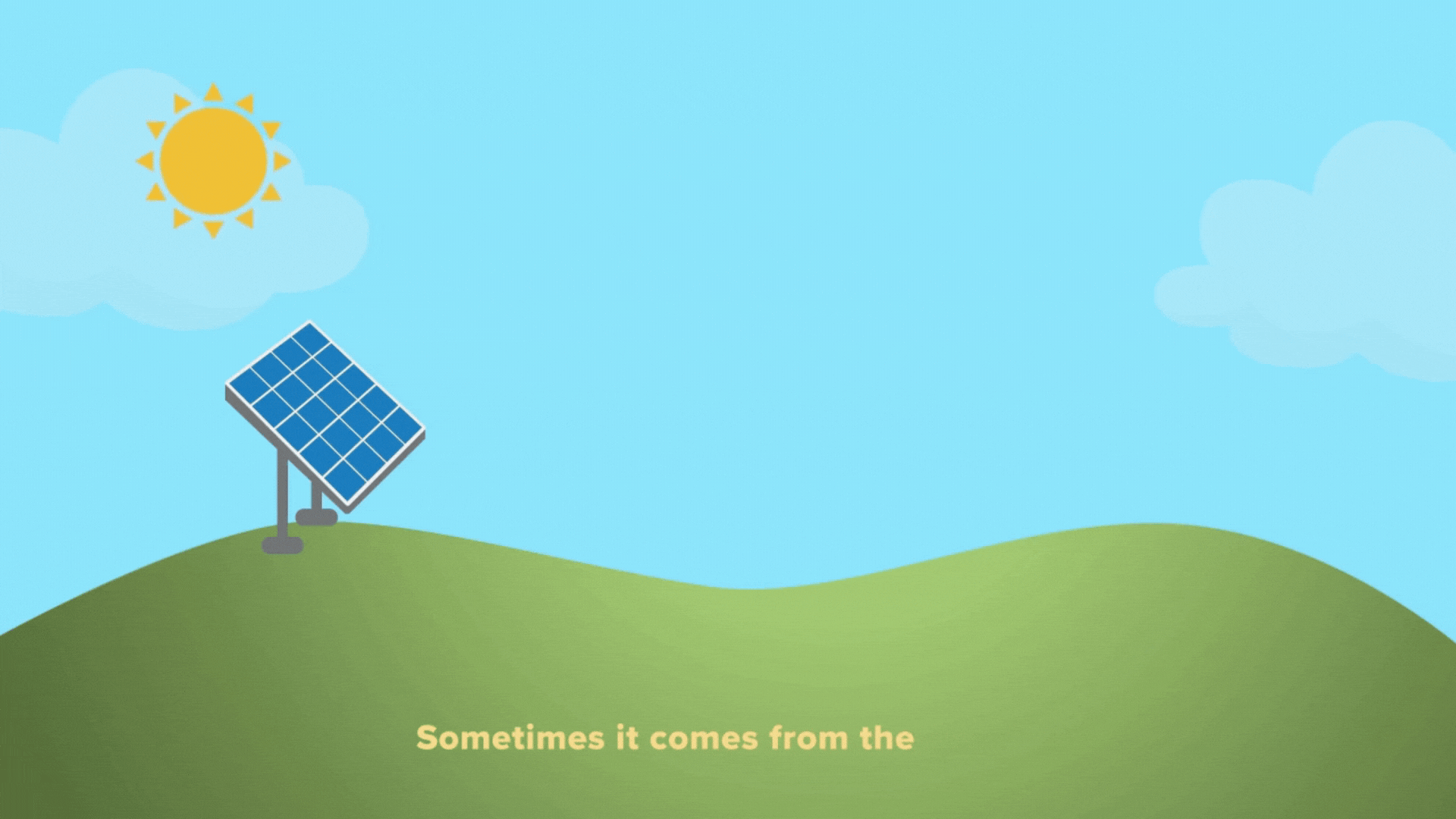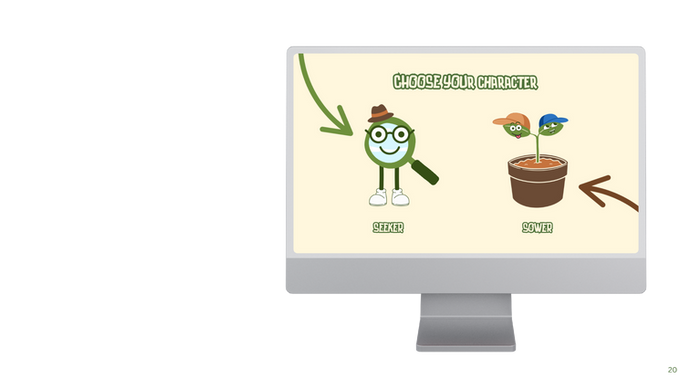PROJECTS
PROJECT HIGHLIGHTS IN STEM OUTREACH, DESIGN, AND COMMUNICATION
EARLY CHILDHOOD LAB SCHOOL OUTREACH
AS COMMUNICATIONS MANAGER FOR UC DAVIS ECOCAR
The ECLS is a UC Davis research lab dedicated to studying child development, providing a solid foundation for understanding how young children learn and engage with the world. (Ages 2-5)
KEY STEPS IN UNDERSTANDING KNOWLEDGE LEVEL
-
Built strong relationships with program staff
-
Reflected on past outreach events to assess age-appropriateness
-
Conducted research on early childhood developmental stages
-
Consulted with child education and learning experts for insights
-
Met multiple times with the program coordinator to refine the activity
-
Completed an on-site visit to understand the environment

ENGAGEMENT STRATEGY
1
ROADTRIP ACTIVITY
This outdoor activity invited children to learn about energy use by embodying electric and gas vehicles. Through movement, play, and simple rules, they explored the difference between charging and fueling while keeping their “vehicles” energized along a guided path.
-
Children acted as electric vehicles (Evee) or gas cars (Fuelee) and followed a marked path with energy stations.
-
Each vehicle stopped at the correct station type:
-
EVs at charging stations and Fuelee at gas stations.
-
EV Charging Options:
-
Slow Charge: Stand still and count to five.
-
Fast Charge: Jump five times.
-
-
Gas Cars: Fuelee drivers refueled by doing five jumps at gas stations
-
After “powering up,” children continued along the outdoor route.


GOALS
2

SKILLS DEVELOPED
4
ANIMATED VIDEO
Created an animated video using Adobe After Effects featuring original characters, Evee and Fuelee, fully developed and voiced by my team members and me. Building on a previous static presentation, I incorporated feedback from educators and students to add more interactive, engaging elements.
OUTCOMES
MEASURED THROUGH VERBAL SURVEYS






3
THIS ACTIVITY SHOWED HOW MOVEMENT, STORYTELLING, AND DESIGN ELEMENTS CAN MAKE COMPLEX CONCEPTS LIKE CHARGING AND FUELING INTUITIVE FOR YOUNG LEARNERS, STRENGTHENING BOTH ENGAGEMENT AND COMPREHENSION.



GIRL SCOUTS URBAN PLANNING ACTIVITY
PRESENTATION
BUILDING PROCESS
-
Applied the engineering design process, iterating designs based on observations and feedback.
-
Encouraged teamwork and collaborative problem-solving throughout the activity.
-
Each group added custom features such as ponds, stores, crosswalks, and bike lanes, showcasing creativity and critical thinking.
-
Emphasized the iterative nature of engineering, mirroring how professionals refine and improve their designs over time.

SKILLS GAINED
Through these activities, scouts developed teamwork, problem-solving, and creative thinking skills. They practiced iterative design by revising their towns based on what worked and what didn’t. Additionally, they explored critical thinking and STEM concepts in a hands-on, engaging way.
AS COMMUNICATIONS MANAGER FOR UC DAVIS ECOCAR
Partnering with the Girl Scouts was a natural fit for EcoCAR because of our shared commitment to hands-on learning, early STEM exposure, and youth-centered innovation. Both organizations emphasize building confidence through experiential education.
UNDERSTANDING THEIR NEEDS
-
Used the Know–Wonder–Learn framework to gauge scouts’ baseline knowledge and curiosity.
-
Reviewed insights from previous events to identify recurring interests.
-
Determined key areas of excitement, including sustainable transportation and hands-on vehicle exploration
-
Prioritized a group that was developmentally ready and enthusiastic about participating in interactive STEM activities.


GOALS
1
DIY BLOCKS BY GIRL SCOUTS


OUTCOMES
MEASURED THROUGH PAPER SURVEYS

We gathered feedback
with an emoji-based
survey, letting kids
share thoughts on engineering, town
building, and EVs
freely and anonymously,
with visual cues and
volunteer support to ensure everybody could fill out the survey.

2
THE TOWN-BUILDING ACTIVITY ENGAGED SCOUTS IN ITERATING AND IMPROVING THEIR DESIGNS WHILE EXPLORING SUSTAINABLE TRANSPORTATION CONCEPTS THROUGH HANDS-ON, CREATIVE PLAY.
Environmental misinformation is everywhere. Kids aged 6–10 are increasingly exposed to digital media. They struggle with distinguishing facts from persuasive or misleading messages.
-
Only 2% of children and young people have the critical literacy skills they need to judge whether a news story is real or false.
-
In 2014, the World Economic Forum identified the rapid spread of digital mis/disinformation as one of the top ten perils to society
"HOW MIGHT WE HELP CHILDREN AGED 6 TO 10 RECOGNIZE AND REJECT ENVIRONMENTAL MISINFORMATION SO THEY CAN BUILD ACCURATE, LASTING UNDERSTANDINGS OF SUSTAINABILITY?"
CHALLENGE STATEMENT
This is important because early exposure to misinformation can shape children’s lifelong beliefs and behaviors, making it essential to build critical thinking skills around sustainability from a young age.
POTENTIAL SOLUTION
Weeding Out Misinformation is a browser game that teaches kids to spot false eco-claims by “pulling weeds” and growing a garden of truth. It makes critical thinking playful, visual, and age-appropriate.

SENIOR CAPSTONE AT UC DAVIS
WEEDING OUT MISINFORMATION



Through interactive storytelling, playful design, and age-appropriate challenges, players learn to “pull out the weeds” - identifying misinformation and nurturing accurate, lasting understandings of sustainability
The Truth Garden builds fact-checking habits by rewarding players for identifying real environmental facts and removing false ones, reinforcing the idea that truth helps things grow.
The Sorting Screen encourages active decision-making by asking players to label each claim as real, misinformation, or unsure - helping them slow down, think critically, and make informed choices.

BRAINSTORM

1

In a world where kids are constantly surrounded by catchy claims and confusing content, this game empowers them to think critically and ask, “Is that really true?”
THE GAME AIMS TO HELP CHILDREN PRACTICE IDENTIFYING MISINFORMATION, BUILD CRITICAL THINKING SKILLS AND A STRONGER UNDERSTANDING OF RELIABLE ENVIRONMENTAL INFORMATION.

